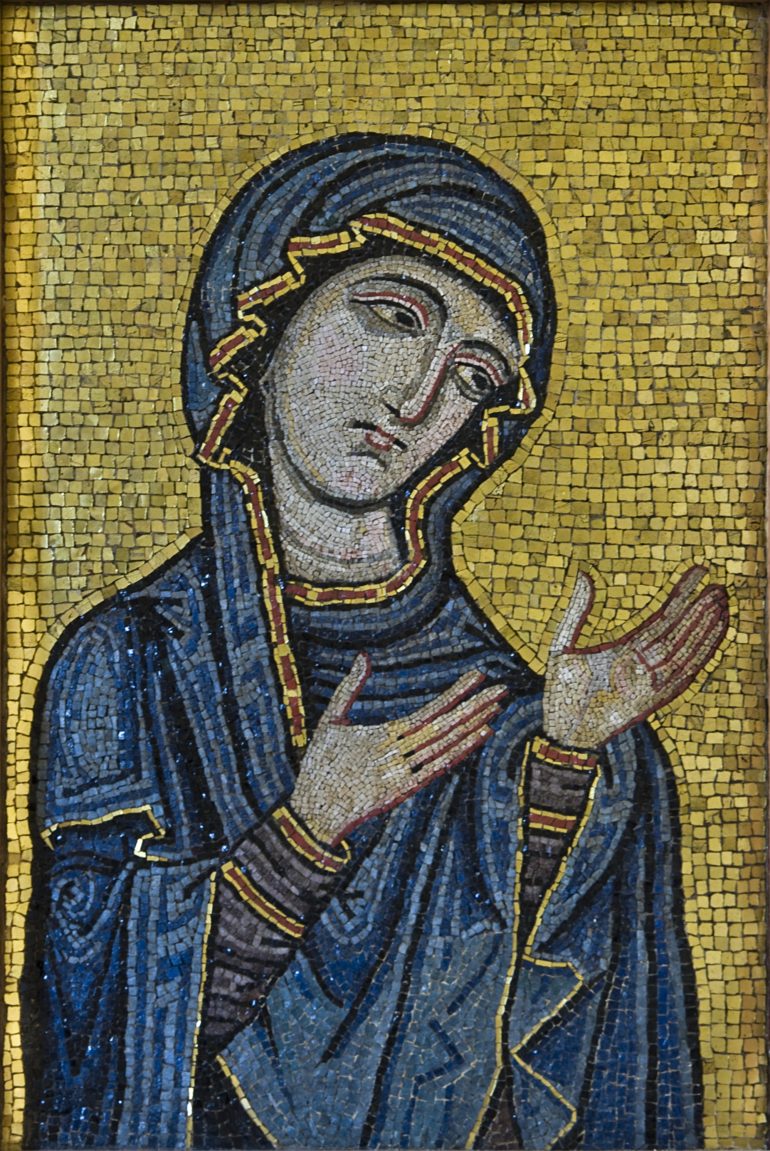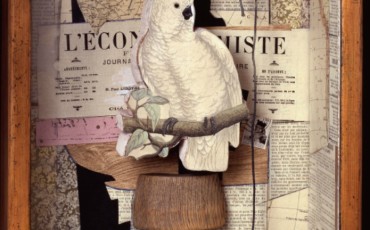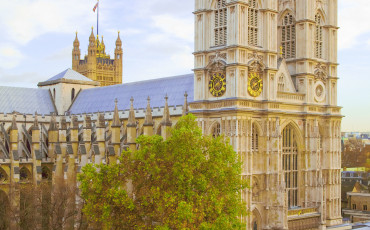The Sicily Culture & Conquest exhibition is currently on display at the British Museum. Sicily has been shaped by waves of conquest and settlement by different peoples over 4,000 years. Since the 8th century BC, Phoenicians, Greeks, Romans, Byzantines, Arabs and Normans all settled or invaded the island, lured by its fertile lands and strategic location. Over time, this series of conquests forged a cultural identity unlike any other.
This exhibition tells Sicily’s fascinating stories – from the arrival of the Greeks and their encounters with the Phoenicians and other settlers, to the extraordinary period of enlightenment under Norman rule in the 11th to 13th centuries. For much of its history, Sicily was admired and envied for its wealth, cultural patronage and architecture. In the exhibition, ancient Greek sculpture, architectural decorations from temples, churches and palaces, early coinage, stunning gold jewellery, and Norman mosaics and textiles demonstrate Sicily’s diversity, prosperity and significance over hundreds of years.
The Sicily Culture & Conquest exhibition will be on display at the British Museum until 14 August 2016.
 Byzantine-style mosaic showing the Virgin as Advocate for the Human Race. Kept at Museo Diocesano di Palermo, originally from Palermo Cathedral, c.1130-1180AD. Photo Credit: ©Museo Diocesano di Palermo.
Byzantine-style mosaic showing the Virgin as Advocate for the Human Race. Kept at Museo Diocesano di Palermo, originally from Palermo Cathedral, c.1130-1180AD. Photo Credit: ©Museo Diocesano di Palermo.







Leave a Reply